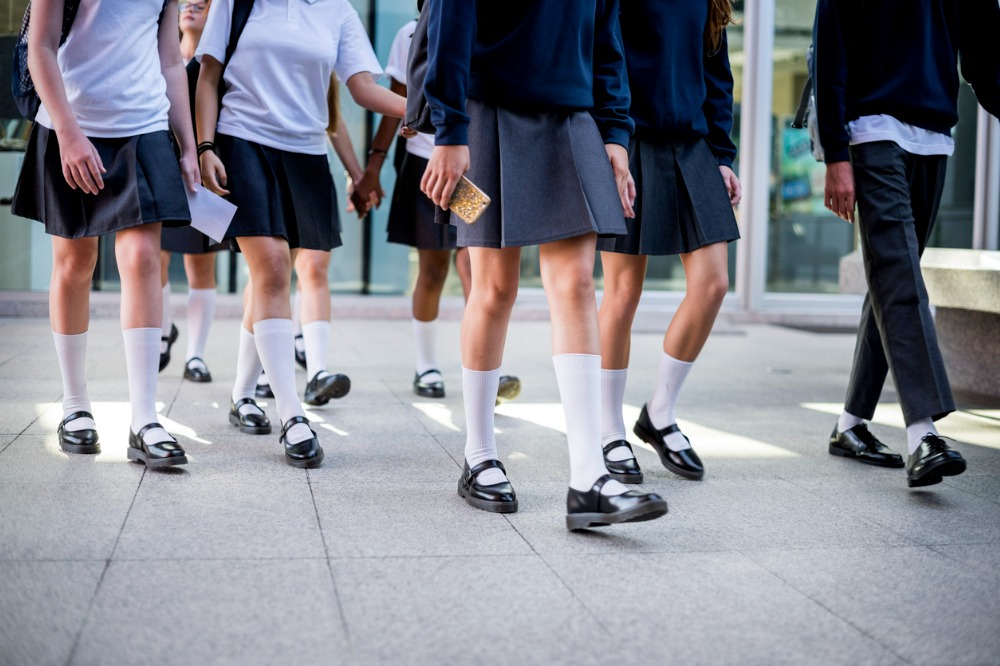
Australia could reap substantial economic and social rewards by fully funding public schools, according to a new report.
The analysis, conducted by Jim Stanford from the Centre for Future Work, argues that raising the Federal Government’s contribution to public school funding to 25% of the Schooling Resource Standard (SRS) would boost the economy, generate jobs, and improve school completion rates.
The report, ‘Leaving Money on the Table’, highlights that if the Federal Government increased its SRS funding from the current 20% to 25%, it could bridge half of the existing funding gap for public schools. Stanford’s findings estimate that such a move could add between $7.1-$9.9bn to Australia’s GDP annually over 20 years, create over 17,000 jobs, and raise school completion rates by up to 2.5 percentage points.
Stanford also predicts cumulative gains in wage income of up to $1.7bn annually and potential long-term social savings ranging from $2-$3.5bn per year. In fiscal terms, the government could see a net revenue gain between $1.2-$3bn annually, effectively covering the costs of this increased investment.
Despite these compelling numbers, the Albanese government has only offered to raise its share to 22.5%—2.5% short of the suggested target.
“In short, government effectively ‘profits’ from fully funding public schools,” the paper said. “The failure to fully fund public schools is clearly a case of false economy.”
The paper says the relatively small amounts of money ‘saved’ in the near term, are more than offset by long-run underperformance according to numerous indicators: school attainment and completion, productivity, GDP, and fiscal balances.
“The Commonwealth government is leaving money on the table, with its failure to fully meet SRS funding requirements,” Standford wrote.
“This is money the federal government is quite literally leaving on the table, through its continued underfunding: governments’ own revenue position will ultimately be weakened, not strengthened, by refusal to fully fund public schools.”
Stanford called the analysis “a wake up call” to the Albanese Government.
“Investing in public schools not only delivers high quality teaching and learning experiences for students and staff but it is good for the nation,” he said.
“There is much to be lost if governments fail in these negotiations. The cost for Australia’s students and for the economy are untenable.”
Warnings h
In 2023, a position paper commissioned by the Australian Government Primary Principals Association (AGPPA) called for full funding of public primary schools by 2025, warning that a failure to invest will see widening achievement gaps between students from different backgrounds, a worsening teacher crisis, and a decline in teacher and student wellbeing.
And one year on, this forecast seems prescient.
NAPLAN data reveals vast inequity in school outcomes in Australia, with large proportions of highly disadvantaged students only achieving at the lowest proficiency level in reading, writing, and numeracy.
Workforce shortages in Australia’s schools also continue to worsen. Reports show that in NSW alone, six out of 25.7 full-time equivalent positions have remained unfilled, some for over a year. One report by the NSW Education Department revealed more than 1,000 vacancies across regional areas where the issue is being most keenly felt.
Meanwhile, a staggering 98% of Australian teenagers report feeling anxiety or pessimism, and one in five rated their mental health as poor, according to nationwide research released in August.
Responding to the latest research paper by The Centre for Future Work, Australian Federal President Correna Haythorpe said the analysis shows that full funding for public school is a matter of urgency.
“While we know that increasing investment in public schools is critically important for teachers, students and families, this analysis highlights the economic benefits to the Albanese Government and the nation, and it profiles the real costs of a failure to provide a full 25%.”


